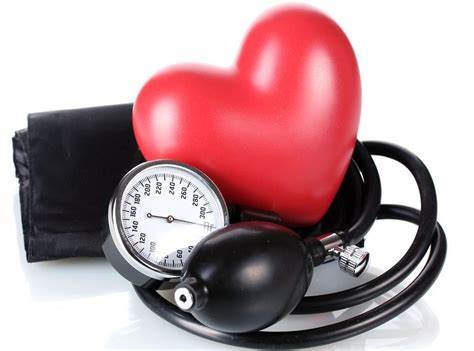
6 Reasons Why High Blood Pressure is Bad
Why High Blood Pressure is Bad for Your Health
High blood pressure, also known as the “silent killer,” is a disease many people have and don’t know. According to the CDC, over 116 million adults (47%) have high blood pressure in the US. Yet only about 24% of them have it under control. This article will help you understand why high blood pressure is bad for you and the harm it does to your body.
Why is High Blood Pressure So Dangerous?
High blood pressure, or too much force in your arteries, can harm your body without making you feel sick. If not treated, the disease can cause serious problems in different parts of the body. The condition hurts the arteries, which carry blood to all parts of the body.
It can also cause damage to your four major organs. It puts stress on your heart, hurts your brain, and eats away at your eyes and kidneys. Read on to find out the five scary reasons why high blood pressure is bad for you.
1) Causes Damage to Your Arteries
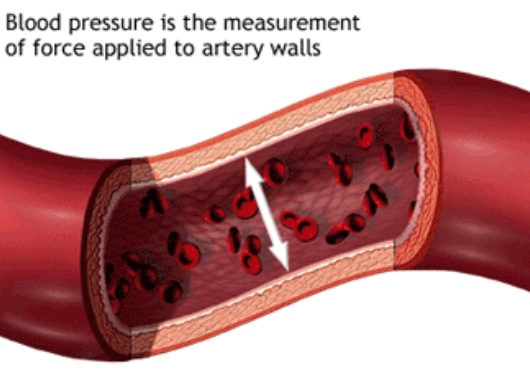
A healthy artery is flexible and strong so that blood can move easily through it. The smooth, plaque-free endothelium is the thin membrane that lines the inside of the heart and blood vessels. High blood pressure that isn’t treated causes extra force that hurts the arteries, thus leaving them stretched, scarred, and more likely to form plaque and clots.
Damage to the inner layer causes inflammation, which sets off a chain of events that lead to both hardenings of the arteries (arteriosclerosis) and buildup of plaque in the arteries (atherosclerosis). Consequently, this can stop or slow blood flow to many parts of the body, which can cause incurable damage to your heart, brain, eyes, and kidneys.
More stress is put on the arteries, and plaque builds up faster when the pressure increases.
An aneurysm is another problem that can happen in an artery. High blood pressure that lasts for a long time can cause the arteries to stretch too much and weaken a part of the arterial wall. (Think about how constant force on an old garden hose can make weak spots and cause the hose to stretch in some places.)
Aneurysms happen when constant pressure on the arteries makes the weakening worse and causes a part of the artery to bulge out. Although this can occur in any artery, the aorta, the largest artery in the body, is where it happens most often.
If the aneurysm bursts, it could put your life in danger. Getting your blood pressure down will stop arterial damage that can lead to an aneurysm.
2) Leading Cause of Heart Disease
We’ve been talking a lot about arteries, but blood pressure levels that are high are also dangerous for your heart. The heart is a muscle about the size of your fist. It functions as a pump to generate the pressure needed to move your blood along the miles of arteries in your body.
The heart has four chambers: the left atrium, the right atrium, the left ventricle, and the right ventricle. The heart has its own unique collection of arteries, the coronary arteries, which carry blood and nutrients such as oxygen to the heart muscle cells.
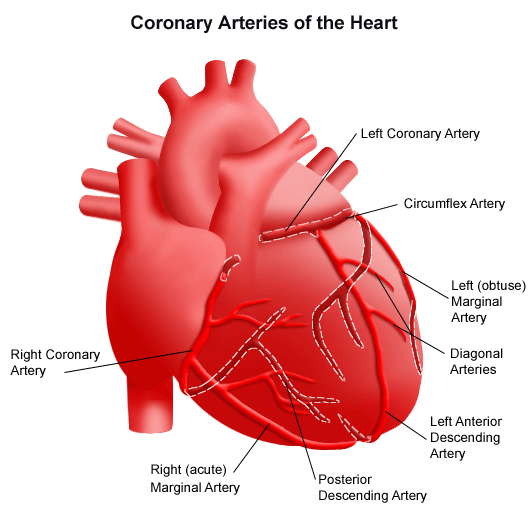
Long-standing high blood pressure harms the heart in three ways:
- This condition contributes to plaque buildup in the coronary arteries, which can result in a heart attack.
- It can lead to abnormal enlargement of the heart’s left ventricle; a condition called left ventricular hypertrophy
- Could result in complete heart failure.
You should know that it is possible to reverse many of these malformations by treating the underlying problems. However, if the condition has gone on for too long, the damage to the heart is usually permanent.
3) Leading Cause of Strokes
Another serious result of this condition is what could happen to your brain. Blood vessels that bring blood to the brain can be severely weakened and hurt by this condition. Like the heart, the brain has a network of arteries that constantly carry oxygenated blood and nutrients to the brain cells.
If the condition lasts for a long time, it makes the walls of these arteries weaker, hence leading to a thin spot. It puffs up when blood gets into the weak spot, creating an aneurysm. Now, let’s look at why elevated blood pressure is bad for you in more detail by talking about the two types of strokes it can cause.
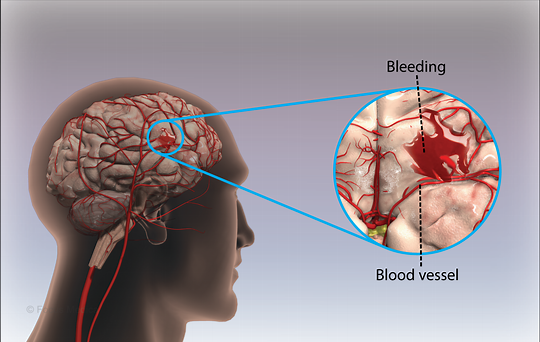
Hemorrhagic Stroke
Stroke, the third leading cause of death in this country, could be caused by high blood pressure in the brain. There are two kinds of stroke: bleeding and blockage. High blood pressure that lasts for a long time can cause a “brain bleed,” in which a weak artery wall breaks and blood leaks out.
This cuts off oxygen and food from part of the brain and kills brain cells. This is known as a hemorrhagic stroke. Bleeding causes about 13% of all strokes.
Hemorrhagic stroke is sometimes referred to by the phrase “intracranial hemorrhage” by medical professionals.
Brain hemorrhage can result in parts of the brain losing blood supply and puts pressure on nearby brain cells. Damage to the brain tissue results from this, which can be fatal and cause neurologic symptoms.
Ischemic Stroke
Ischemic strokes are another type of stroke that happen more often. These strokes occur when a piece of plaque breaks and a blood clot forms, stopping blood flow. Again, brain cells die. Ischemic strokes make up about 87% of all strokes.
According to the Mayo Clinic, when the blood flow to a portion of the brain is blocked or diminished, brain tissue cannot get oxygen and nutrients, causing an ischemic stroke. In minutes, brain cells start to degenerate.
Since the brain controls movement and thought, when brain tissue dies, it can cause slurred speech, memory loss, and paralysis of the muscles.
The main thing to remember is that high blood pressure is a strong predictor of both ischemic and hemorrhagic stroke risk. Fortunately, people with normal blood pressure (120/80 mm Hg) have about half the risk of having a stroke in their lifetime as people with high blood pressure. Therefore, getting it down will significantly reduce your risk of having a stroke.
4) High Blood Pressure Can Cause Vision Loss
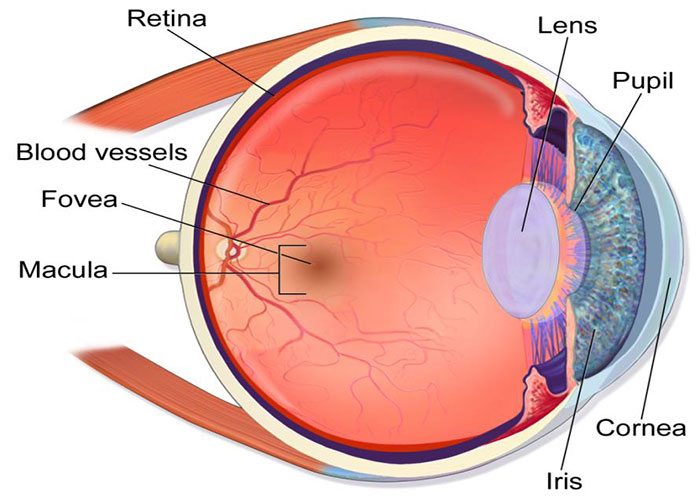
As you just learned, having high blood pressure makes you much more likely to have a stroke, which can damage your brain. If the stroke hurts the part of the brain that processes images, the person may lose their sight.
Untreated high blood pressure can also hurt the tiny, fragile blood vessels that supply the eye and the optic nerve.
The tiny arteries and arterioles that bring blood to the eyes can get microscopic damage from years of pressure on their thin walls.
Hypertensive retinopathy is a disease that happens when the damage affects the retina. The retina is the light-sensitive tissue that lines the inside surface of the eye and makes images.
High blood pressure causes damage to the eyes that gets worse over time. Therefore, the longer your blood pressure is out of control, the more likely the damage to your eyes will be permanent. Getting your blood pressure down will make it much less likely that you’ll go blind.
5) Kidney Failure from High Blood Pressure
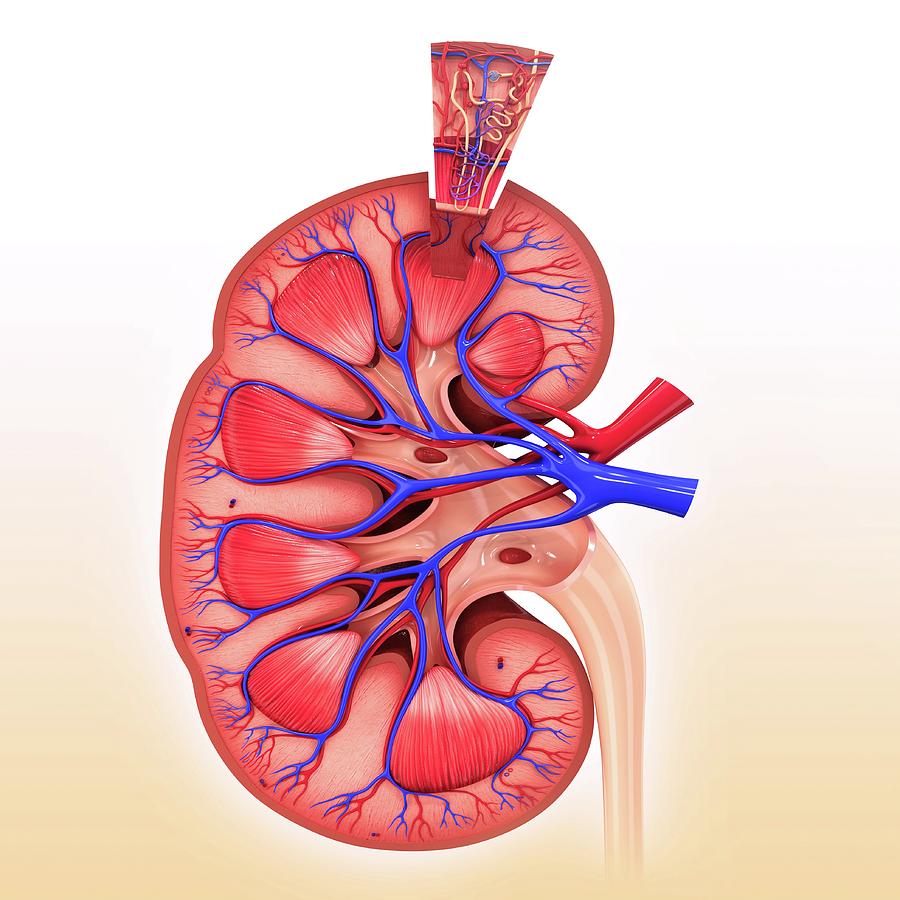
Having high blood pressure for a long time is very bad for your kidneys. Hypertensive nephropathy is the medical term for kidney damage caused by hypertension that lasts for a long time.
First, let’s talk about how these amazing organs help us survive. The kidneys do a lot of important things for the body, all of which are needed to stay healthy. They clean the blood by filtering it, which gets rid of extra fluid and waste. The waste is then passed out of the body through the urine.
The kidneys are like very complex machines that filter blood. Nephrons, which are tiny units, sift the blood. Each kidney has about a million nephron units. Each nephron unit has its own artery and arteriole, which is a small branch at the end.
The kidneys have a large number of blood vessels and usually get a lot of blood. Chronic high blood pressure can damage the walls of the arteries in the kidneys just like it does in the rest of the body, eventually causing cause the arteries to weaken, shrink, or harden. Because of this, there is less blood flow, and the nephrons don’t get enough nutrients. When there isn’t enough blood, it’s harder for the kidneys to do their essential jobs.
Uremia is the name for the dangerous buildup of toxic wastes and fluids in the blood over time. When this happens, the patient needs dialysis, a machine that cleans the blood as the kidneys do. The end result is kidney failure, which is exactly what it sounds like: kidneys that are so damaged that they no longer work at all.
Consequently, the only way to treat this condition is with regular dialysis or a kidney transplant. High blood pressure is the second most common reason people lose their kidneys (after diabetes).
6) High Blood Pressure and Sexual Dysfunction
Uncontrolled high hypertension can result in sexual dysfunction in both men and women. In men, it damages the arteries that supply the penis, causing the arteries to harden (arteriosclerosis) or narrow (atherosclerosis). This reduces blood flow and hinders the ability to have and maintain an erection: the condition called erectile dysfunction.
Hypertension can damage the arteries leading to the vagina in women. Reduced blood flow to the vagina can decrease sexual desire, reduce the ability to have an orgasm, and cause vaginal dryness.
Conclusion:
I hope you now have a good understanding of why high blood pressure is bad for you. If it is not addressed, it is a life-endangering situation. It puts a strain on your arteries, which can cause them to harden, become clogged, or weaken.
Consequently, it increases your risk for heart disease, stroke, kidney failure, vision loss, and sexual dysfunction. Sad to say, almost half of Americans have this condition, making it a public health epidemic of great magnitude.
The Institute of Medicine has deemed high blood pressure the “neglected disease” because it is easily detected and has a multitude of safe and low-cost interventions. People can lower their blood pressure through lifestyle changes (exercise and diet) or medicine.
Yet millions of people in America and worldwide continue to live with and die from this disease. Health professionals and the public alike fail to translate this knowledge into practice for reasons that are not clearly understood.
